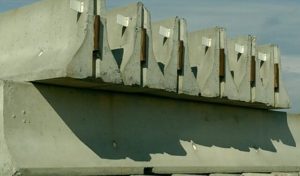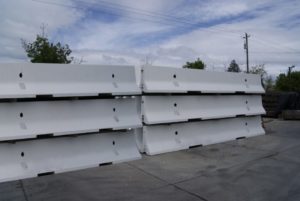The concrete safety barrier you see on the National Highway looks simple, but there is a sophisticated science behind these concrete blocks. The size, height, and design have a reason, and they ensure the safety of people. US highways rigorously test these barriers for crash protection and set standards to be followed.
The Standard Measurements of Barriers
The original barriers were designed with 19 inches height and 30 inches width. The barrier is buried 2 inches into the road for stability. However, as the technology advanced, the design kept improving. Today highway concrete barriers are set to a standard height of 32 inches and 24 – inches width. It is designed to have the 3-inch base with 13-inch slide slope before becoming vertical.
The Science Behind Concrete Barrier Design
Concrete Jersey safety barriers are designed to lessen the impact of the crash by redirecting the vehicle along the side of the barrier preventing crossover. The F-shape barrier was created by the Highway authorities to prevent smaller cars from rolling over. It had the same 3 inch base with a side slope of 10 inches above the pavement. It was better at absorbing impact from smaller cars. The use of constant slope, vertical and single slope barrier designs have considerably helped reduce the vehicle crashes with the aid of F-shape designs.
Proven research with Crash Tests
Research has proven the advantage of concrete barrier design for safety. All designs undergo crash tests before the National Highways Administration make them the standard. The success of concrete safety barriers is entirely created using geometry for enhanced safety.




